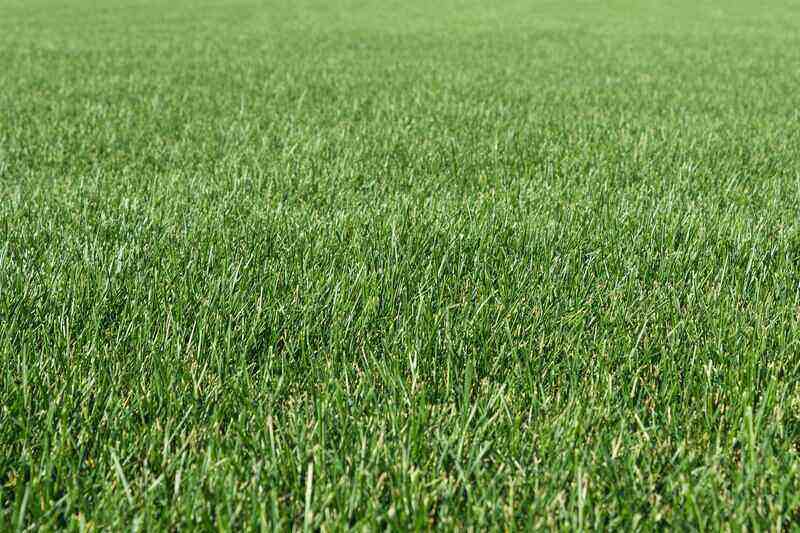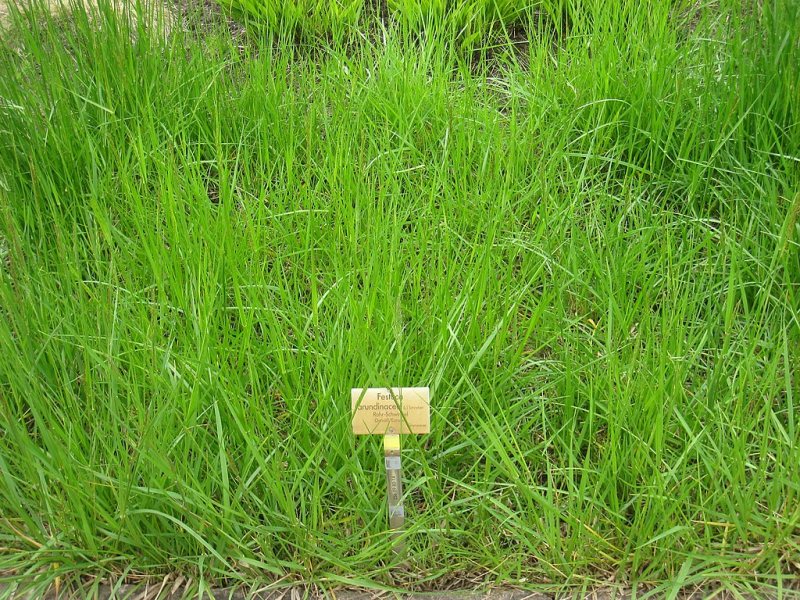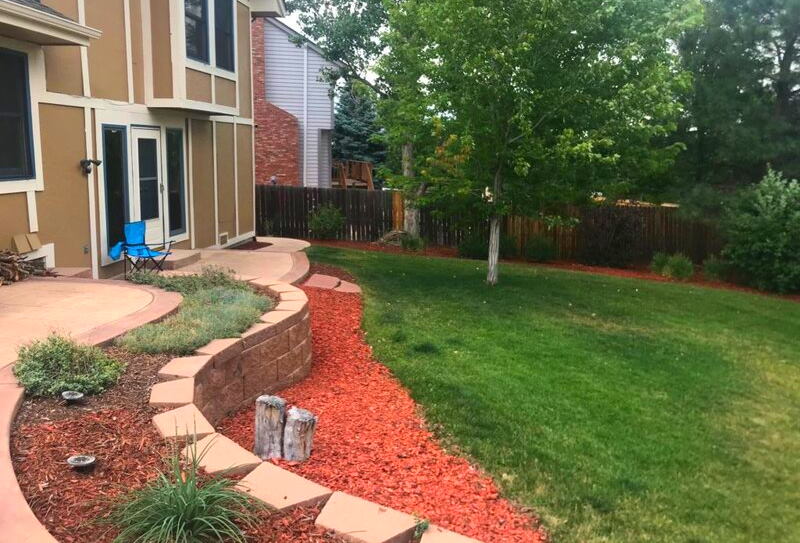4 Best Grasses For Northeast Ohio
BY NICK CRAWFORD | MAY 1ST, 2023 | LAWN CARE, OHIOWith its long, snowy winters and hot summers, Northeast Ohio can be a tough climate for people, animals and plants – lawns included. That doesn’t mean you can’t have a show-stopper of a lawn, though. You just have to choose the right grass and take care of it properly.
So, keep that in mind when planting grass in Cleveland, Akron, Youngstown, or any of the other areas near Lake Erie. If you do, you’ll want to be familiar with these four types of grass, all of which make for an excellent Northeast Ohio lawn.
In this article:
Cool-Season Vs. Warm-Season Grasses
There are two basic types of grass: warm-season and cool-season grasses. But Northeast Ohio is known for warm summers and cold, snowy winters made worse by the lake effect from Lake Erie. Even the spring and fall can be chilly and rainy. So which is better for this area?
Here’s a look at each:
- Warm-season grasses thrive in warmer weather, turning green later in the spring and going dormant in mid-fall. These grasses need lots of sunlight and tend to be drought resistant.
- Cool-season grasses do well when the temperature is lower. They green up in early spring while there is still a slight chill in the air, and they remain green until late fall or early winter. However, they require regular watering and moderate shade during the summer to prevent them from going dormant.
Because of Northeast Ohio’s cooler climate, most homeowners sow their lawns with cool-season grass. You can mix in some warm-season grass seed, but be aware that may require extra effort to take care of it.
The 4 Best Grasses For Northeast Ohio
If you want to cultivate a gorgeous lawn in Northeast Ohio, these four grass types are among the best places to start.
1. Perennial Ryegrass

Photo Credit: Dr Mary Gillham Archive Project / Flickr / CC BY 2.0
On its own, perennial ryegrass is very hardy and durable, so much so that it’s often used on athletic fields. However, thanks to selective breeding to improve its quality, it has steadily made its way to home lawns nationwide, including here.
The true strength of this cool-season grass is its ability to pair well with other grass types, particularly Kentucky bluegrass. Combining perennial ryegrass with other grasses can increase its tolerance to foot traffic and cold weather while enabling faster germination.
If you live in an area that experiences periods of drought, know that perennial ryegrass requires extra care and water, as it does not withstand dry conditions as well as other grass types. It also doesn’t have the best disease resistance, but a fertilizer heavy on nitrogen can give it the energy to make up for that.
- Classification: Cool-season grass
- Spreads by: Seed
- Shade tolerance: Low; prefers full sun but can tolerate partial shade
- Drought tolerance: Moderate
- Foot traffic tolerance: High
- Maintenance needs: Moderate to high
- Recommended mowing height: 2.5 to 3 inches
2. Fine Fescue

Photo Credit: Pixabay
Fine fescue refers not to a single grass species but to a subspecies of Festuca, including creeping red fescue, hard fescue, sheep fescue, and chewings fescue. These fine-textured turfgrasses can tolerate various soil conditions, including dry and acidic soils. They also grow quite well in the shade.
Fine fescue grasses germinate quickly but establish slowly, making them ideal for lawns with a low mowing frequency. Most fine fescues are bunching grasses, though creeping red fescue is rhizomatous.
While fine fescues are very low-maintenance grasses, they go dormant in extreme heat. They also don’t tolerate foot traffic well. However, it’s rare to see any of the fine fescues grown outside of seed mixes.
- Classification: Cool-season grass
- Spreads by: Bunching; However, creeping red fescue has short rhizomes.
- Shade tolerance: Partial shade
- Drought tolerance: High
- Foot traffic tolerance: Low
- Maintenance needs: Low to moderate
- Recommended mowing height: 2.5 to 3 inches
3. Tall Fescue

Photo Credit: Daderot / Wikimedia Commons / Public domain
Tall fescue is a coarse bunching turfgrass. It can tolerate drought and heat better than most other cool-season grasses, and you can get away with light irrigation during the typically mild Northeast Ohio summer.
While this grass prefers as much sun as possible, you can grow it in partial shade. Tall fescue will remain green well into the summer with the proper care, thanks to its extensive root structure.
Tall fescues grow rapidly during the spring and require more frequent mowing than other grasses. It’s possible to keep tall fescue at a height of three inches to help minimize weeds, but modern cultivars tolerate a shorter mowing just fine.
- Classification: Cool-season grass
- Spreads by: Bunching grasses; some cultivars have short rhizomes
- Shade tolerance: Partial shade
- Drought tolerance: High
- Foot traffic tolerance: High
- Maintenance needs: Low to moderate.
- Recommended mowing height: 2.5 to 4 inches
4. Kentucky Bluegrass

Photo Credit: Brenda Ryan / Wikilawn
Kentucky bluegrass is one of the most popular turfgrasses in Ohio, for a good reason. This fine-textured, blue-green grass produces rhizomes that spread underground, allowing Kentucky bluegrass to create a thick sod that stands up to foot traffic. While it may go dormant during a drought, it rebounds easily once it gets water.
Some cultivars tolerate shade better than others, with the key word being ‘tolerate’. For best performance, you must plant your Kentucky bluegrass in an area where it will get a lot of sunlight. Mixing in other grasses, such as one of the fine fescues for improved shade tolerance, is a common practice with Kentucky bluegrass.
It can fill in quickly, even during the off-growing season, maintaining a lush appearance. However, that beautiful carpet of fine sod requires higher maintenance than other cool-season grasses. You will need to apply fertilizer heavily when planting it, with less frequent fertilization in subsequent years.
- Classification: Cool-season grass
- Spreads by: Rhizomes
- Shade tolerance: Low
- Drought tolerance: Moderate to high
- Foot traffic tolerance: Moderate
- Maintenance needs: High; it requires regular fertilization, watering, and dethatching
- Recommended mowing height: 2.5 to 3 inches
The Final Word
Even though many of the cool-season grasses in Northeast Ohio don’t require much maintenance, you still need to put in some work on your lawn. With the proper equipment, an investment of time, and knowledge, you can have a lush green lawn almost all year round. And with the help of a local lawn care pro, you can take the hassle out of maintaining your landscape.
Main Image Credit: Tim Evanson / Flickr / CC BY-SA 2.0